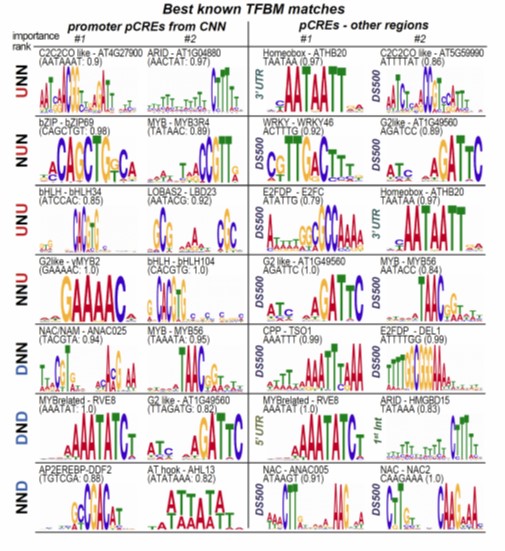
The cis-regulatory codes of response to combined heat and drought stress (bioRxiv)
As sessile organisms, plants must not only respond to a single stress, but multiple stresses at the same time. To understand the DNA regulatory elements that mediate the transcriptional response to heat, drought and combined heat and drought stress, Azodi et al. utilized the known transcription factor…
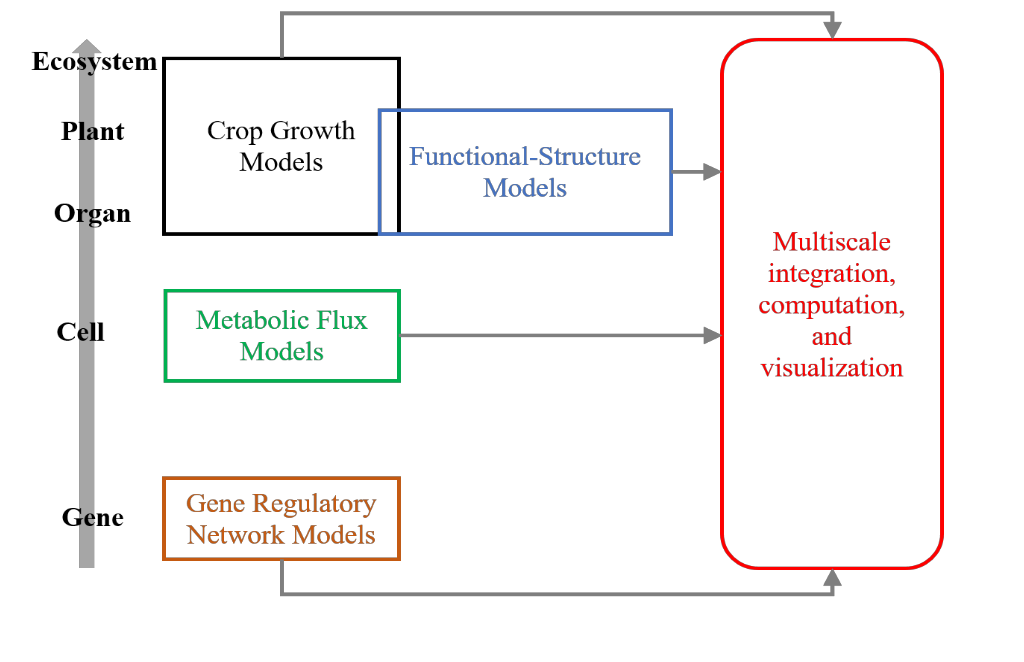
Perspective: Multiscale computational models for crop improvement (Plant J)
Throughout the plant science community, the use of computational or in silico analyses which precede traditional studies are gaining traction to identify research opportunities. Multiscale computational models are those which assimilate data from all biological system levels from gene to ecosystem. Benes…
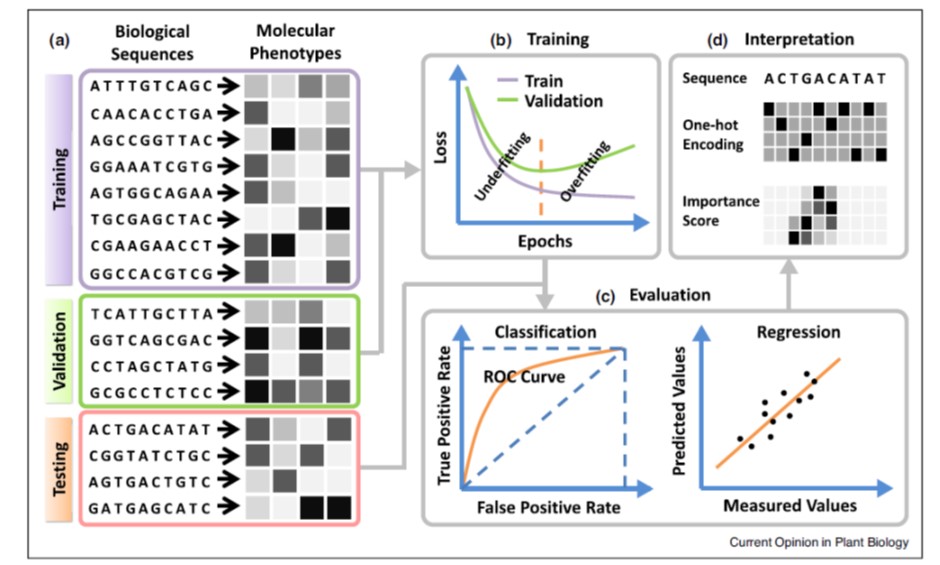
Review: Deep learning for plant genomics and crop improvement (Curr. Opin. Plant Biol.)
One of the goals of plant science is to use the molecular phenotype (genome, transcriptome, proteome) to predict the whole-plant phenotype. Deep learning approaches can potentially begin to do this, starting with a training dataset, and testing it with a validation dataset. Wang et al. review advances…

Farming plant cooperation in crops (Proc. R. Soc. B.)
If you want a great plant, select for a strong, vigorous, high-yielding individual; this is also the outcome of natural selection. But if you want a great field of plants, these traits may not be as suitable, because the plants will expend energy competing between themselves. When seeds from many plants…
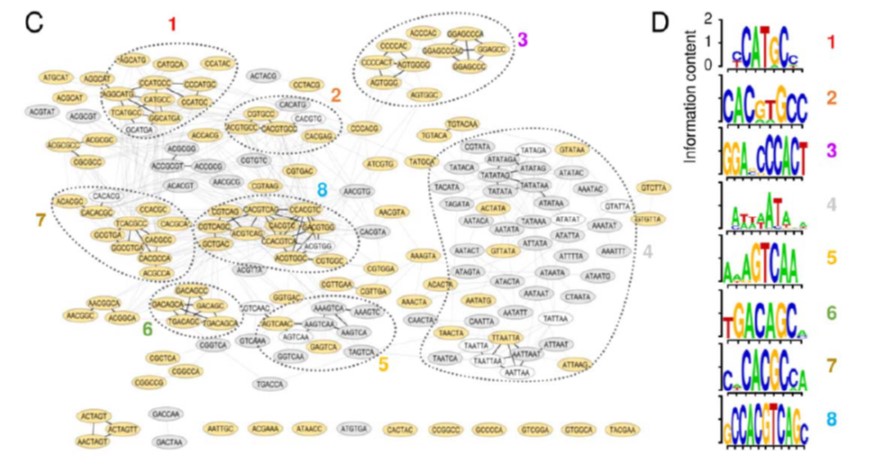
Putative cis-regulatory elements predict iron deficiency responses in Arabidopsis roots (Plant Physiol.)
Iron (Fe) is an important micronutrient needed by plants for survival. Plants have evolved a range of morphological, physiological and molecular responses to Fe availability, including the transcriptional regulation of over one thousand genes in response to Fe deficiency (-Fe) in Arabidopsis. However,…
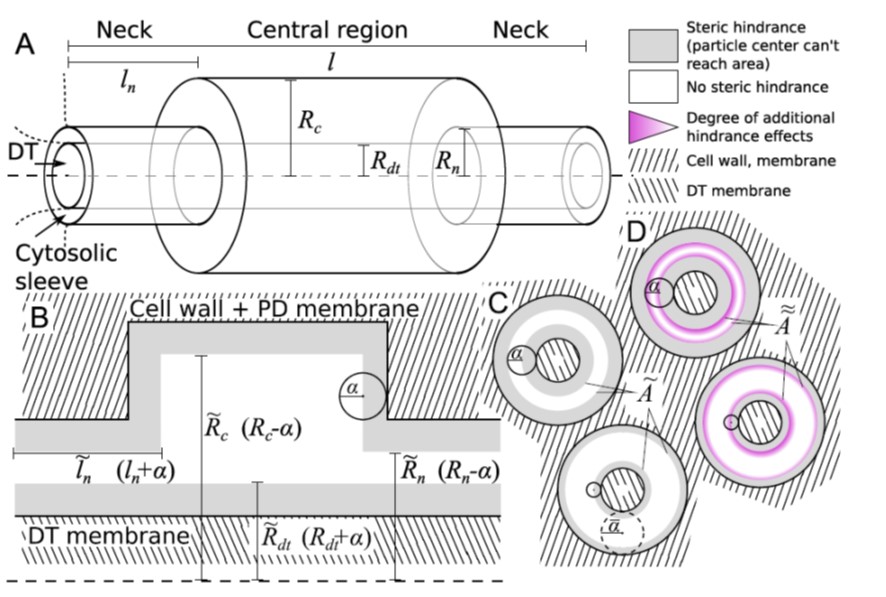
From plasmodesma geometry to effective symplasmic permeability through biophysical modelling (eLIFE)
Plasmodesmata are tiny regulated channels that connect adjacent plant cells through which nutrients, signaling molecules and viruses can move. To try to resolve discrepancies between functional and structural studies, Deinum et al. have developed a model for plasmodesmatal permeability that predicts…
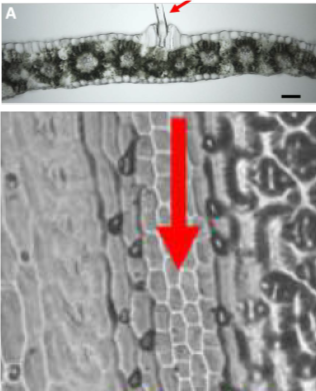
Machine learning enables high-throughput phenotyping for analyses of the genetic architecture of bulliform cell patterning in maize (G3)
Bulliform cells lie in rows along the upper (adaxial) surface of the maize leaf, and through changes in volume contribute to leaf-rolling, which is a response to water deficit. Several mutants have been identified that affect bulliform cell formation and function, but as yet their occurance in natural…
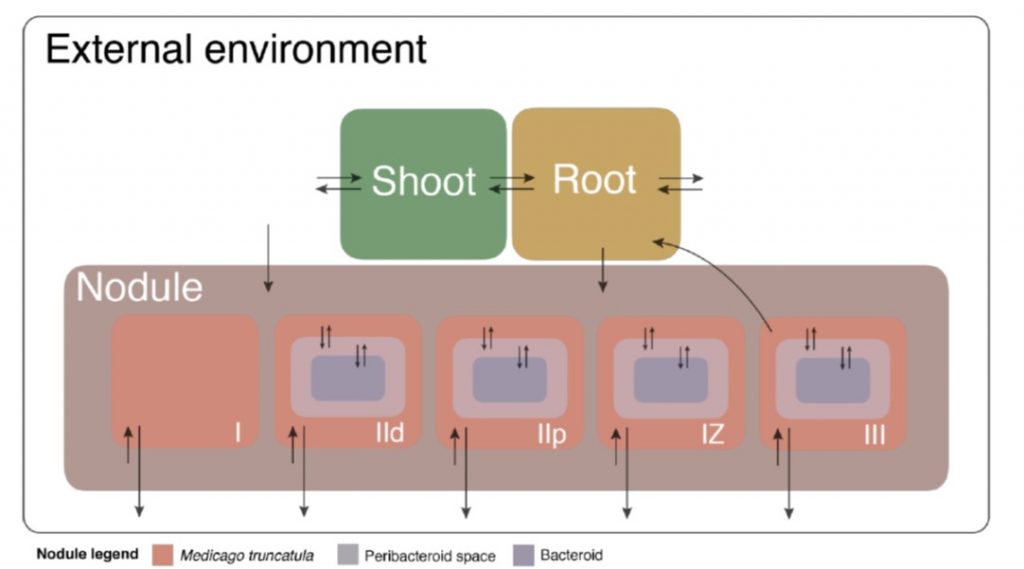
A virtual nodule environment (ViNE) of metabolic integration during symbiotic nitrogen fixation (bioRxiv)
Genetic and molecular studies have revealed a complex exchange of signals and metabolites accompanying the development and process of symbiotic nitrogen fixation. Clearly, the photosynthesis-capable plant provides fixed carbon to the bacterial symbiont, which uses some of this energy for its core metabolism…
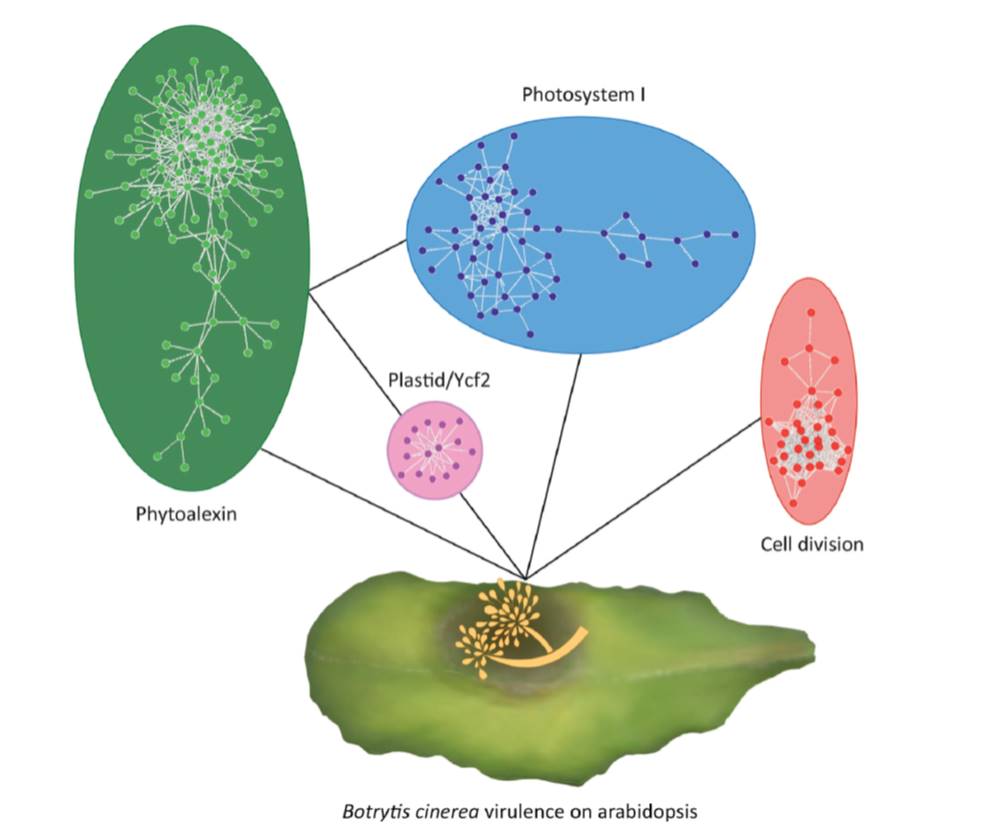
Review: Plant networks as traits and hypotheses: Moving beyond description ($) (TIPS)
In Star Wars Episode 2, Obi Wan identifies the location of a missing planet by walking through a 3D projection of the galaxy. I’ve always hoped that if we obtain enough data and figure out how to display it properly, we’ll “see” what parts are out of place or missing. But getting from simple…

